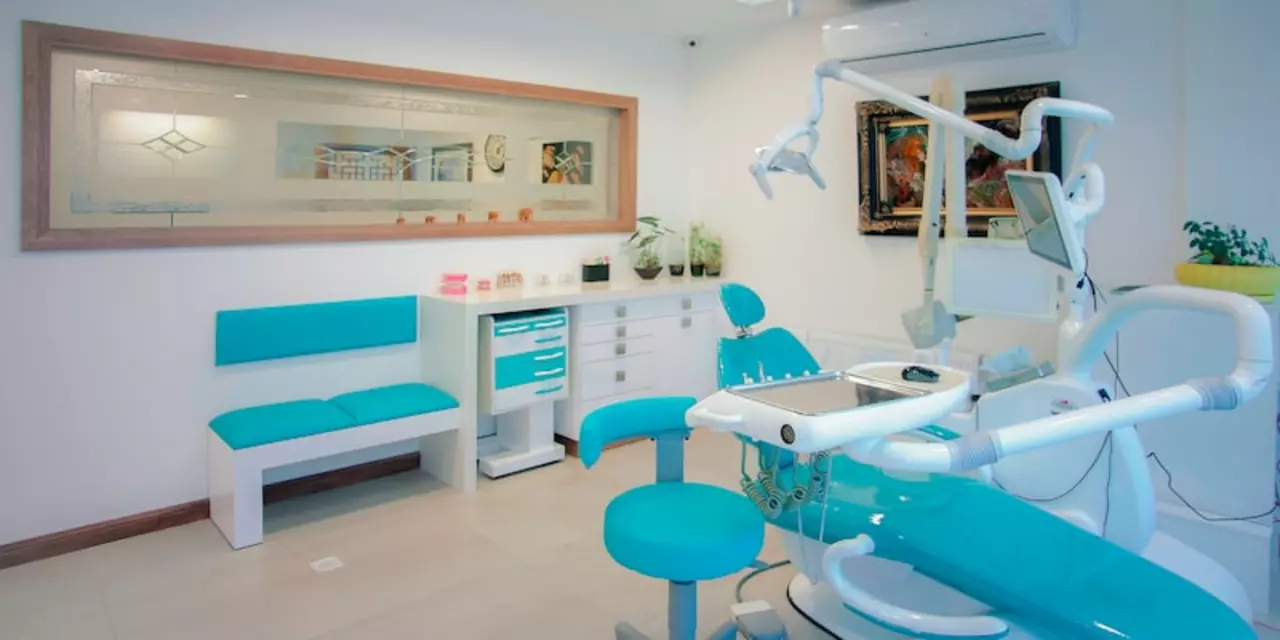Redmi Note 9 Review: Specs, Price & Real‑World Performance
If you’re hunting for a solid mid‑range phone without breaking the bank, the Redmi Note 9 often shows up in the suggestions. It blends a decent camera setup, long‑lasting battery, and a clean Android skin, all for a price that feels fair. In this guide we’ll break down the hardware, talk about everyday use, and give you a quick verdict so you can decide if it’s worth your money.
Key Specs and Design
The Note 9 rides on a 6.53‑inch IPS LCD display with a 1080p resolution. The screen is bright enough for indoor use and still readable outdoors on a sunny day. Under the hood you’ll find the MediaTek Helio G85 processor paired with 3GB or 4GB of RAM, depending on the variant. It’s not a flagship chip, but it handles most apps, social media, and light gaming without noticeable lag.
Storage starts at 64GB and can be expanded via a microSD card, which is handy for media lovers. The back panel uses a plastic finish that feels sturdy and keeps the phone light—about 199 grams. The design sticks to a simple, rounded‑corner look with a gradient finish that gives it a bit of flair without being flashy.
Everyday Use: Camera, Battery & Software
Camera enthusiasts often wonder how a $150‑ish phone can capture decent photos. The Note 9 sports a four‑camera array: a 48MP primary sensor, an 8MP ultra‑wide lens, a 2MP macro, and a 2MP depth sensor. In good lighting, the 48MP shooter produces sharp, vibrant shots. Low‑light performance drops a bit—noise becomes visible, but the images are still usable. The ultra‑wide lens is a nice addition for group shots or scenery, though it can feel a little soft at the edges.
Battery life is where the Note 9 shines. A 5020 mAh cell paired with the efficient Helio G85 lets most users push the phone through a full day of heavy usage. Even with video streaming and gaming, you’ll usually end the day with around 20‑30% left. The 18W fast charger restores roughly 50% charge in under an hour, which is decent for the price range.
Software runs on MIUI 12 based on Android 10. The interface is clean, and you can disable most bloatware if you prefer a lighter experience. MIUI adds useful features like a built‑in screen recorder, split‑screen multitasking, and a dark mode that works across apps. Some users may find the occasional ad in the notification shade annoying, but you can turn those off in settings.
Performance in daily tasks feels smooth. Apps launch quickly, web browsing is snappy, and you can switch between several apps without stutter. For gaming, titles like PUBG Mobile run at medium settings with acceptable frame rates. Heavy 3D games may need to be dialed down, but that’s expected at this price point.
Overall, the Redmi Note 9 offers a balanced package: a solid display, respectable camera, massive battery, and a user‑friendly interface. If you need a reliable phone for everyday activities, media consumption, and occasional photography, it checks most boxes without demanding a premium price.
Pros: Large, bright screen; 48MP main camera; 5020 mAh battery; expandable storage; affordable price.
Cons: Mid‑range processor can struggle with high‑end games; MIUI ads in notification bar; low‑light camera performance is average.
Bottom line: The Redmi Note 9 is a smart buy for anyone looking for a capable mid‑range device that delivers on the essentials. Its price‑to‑performance ratio makes it a strong competitor in the budget segment, and you’ll likely be satisfied with its day‑to‑day performance.
